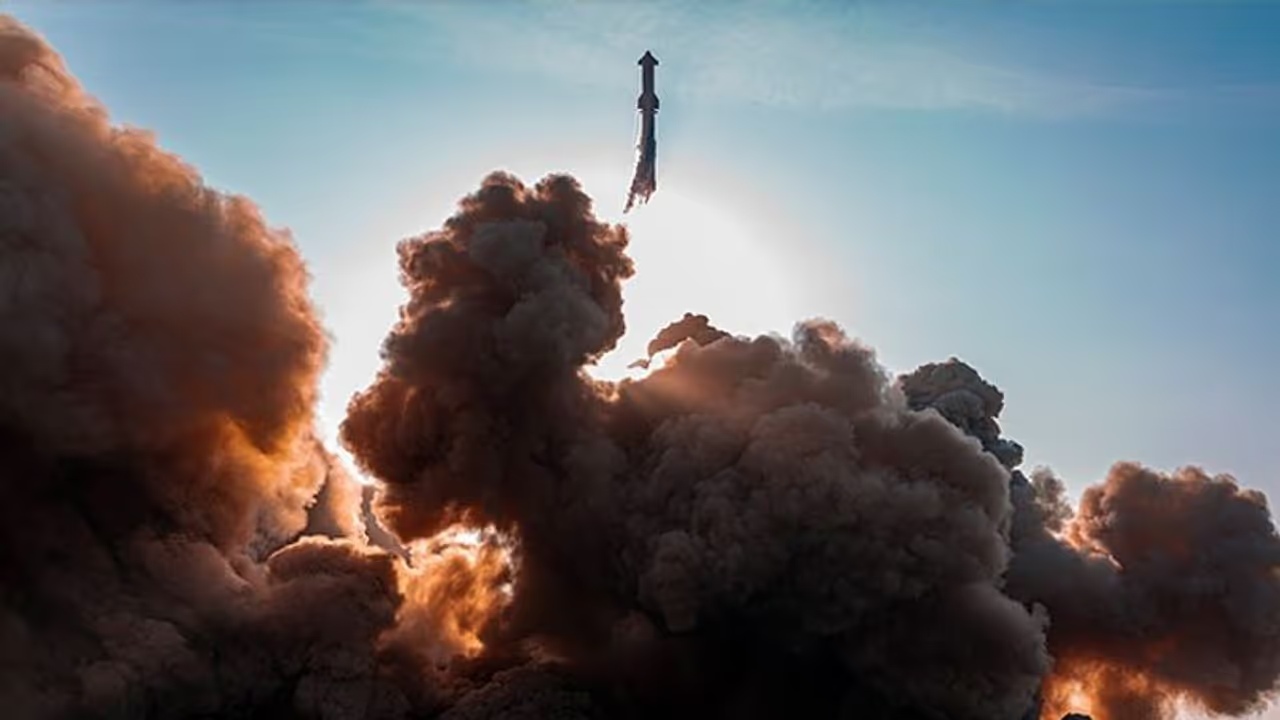The Federal Aviation Administration of the US government has initiated an inquiry into the launch of the Starship Super Heavy, which exploded minutes after it lifted off. The mission was termed a successful failure by SpaceX.
The US government has grounded Starship Super Heavy for future launches, after reports of the violent launch showering possibly dangerous debris from above in the region, which might have damaged the local ecology and animals.

The US government's Federal Aviation Administration has launched an investigation into the launch of the Starship Super Heavy, which detonated minutes after takeoff. The mission was termed a successful failure by SpaceX.
The most powerful spacecraft in the world blasted a plume of dust and debris from its trail as it launched in a first attempt to enter orbit. Nearly 10 kilometres distant from Elon Musk's aerospace complex known as Starbase, residents of Port Isabel, Texas, reportedly had their homes covered with launch-related dust.
The FAA has stated, "The FAA will oversee the mishap investigation of the Starship/Super Heavy test mission," adding that a return to flight of the Starship/Super Heavy vehicle is contingent upon the FAA concluding that any system, process, or practise linked to the mishap does not endanger the public.
The debris was discovered scattered throughout the beaches of Boca Chica, which serve as a breeding ground for a number of threatened species, including birds and sea turtles.
Also Read | Juice will not detect life on Jupiter but would assess chance of life
The rocket ship rose from the ground to reach a height of 39 kilometres before exploding. Photos of the aftermath showed that the 30 Raptor engines blasted a crater several feet deep and sent big bits of reinforced concrete soaring thousands of feet.
According to Elon Musk, the business is improving the launch site in response to the tests and has begun construction on a huge water-cooled steel plate that will go beneath the launch platform and absorb the shock and blast wave from the rockets.
